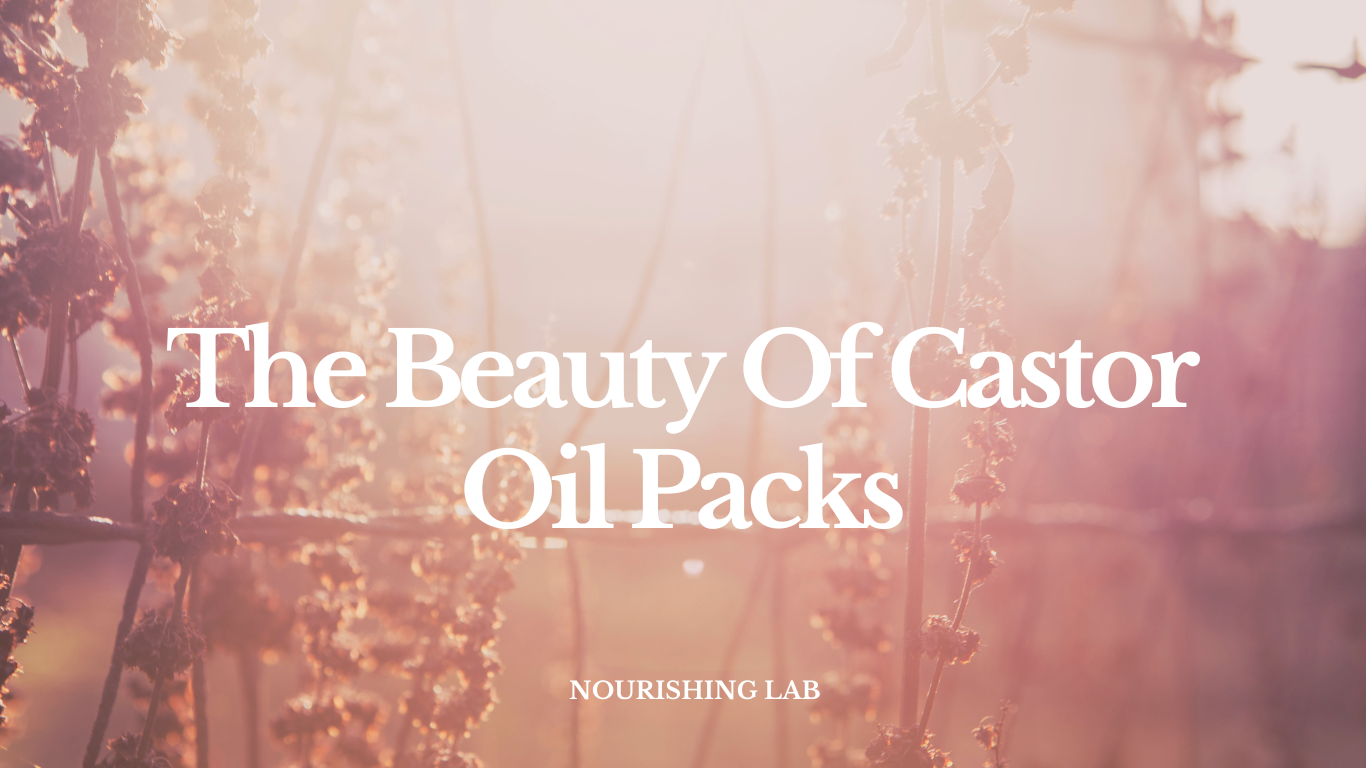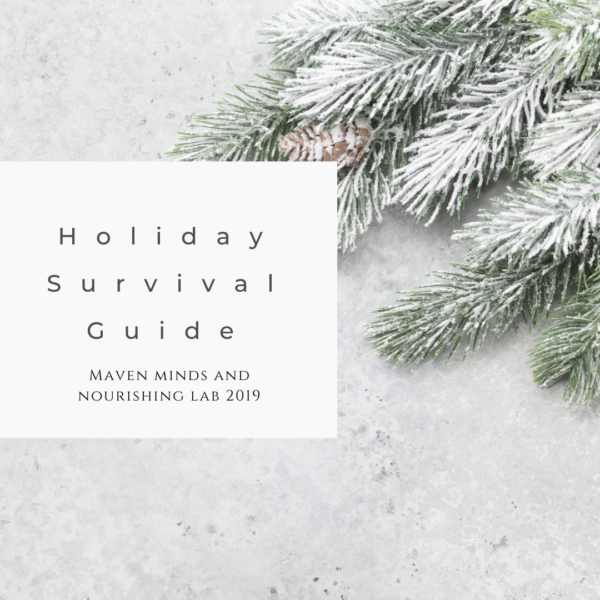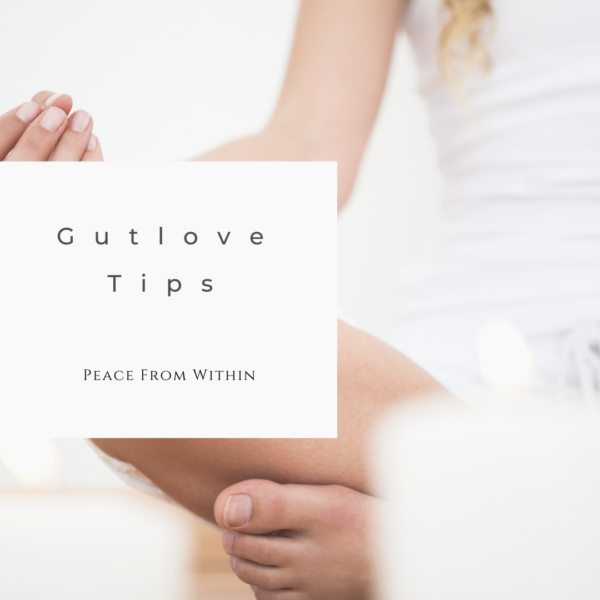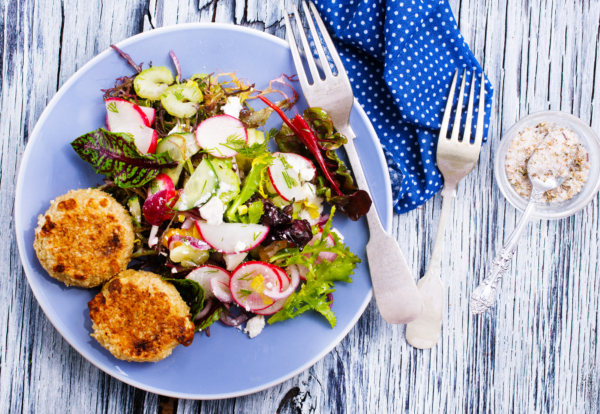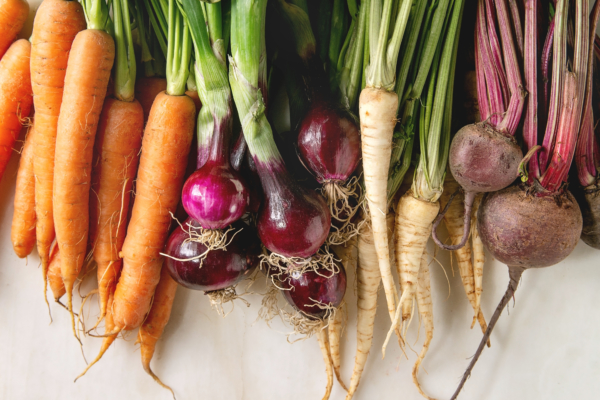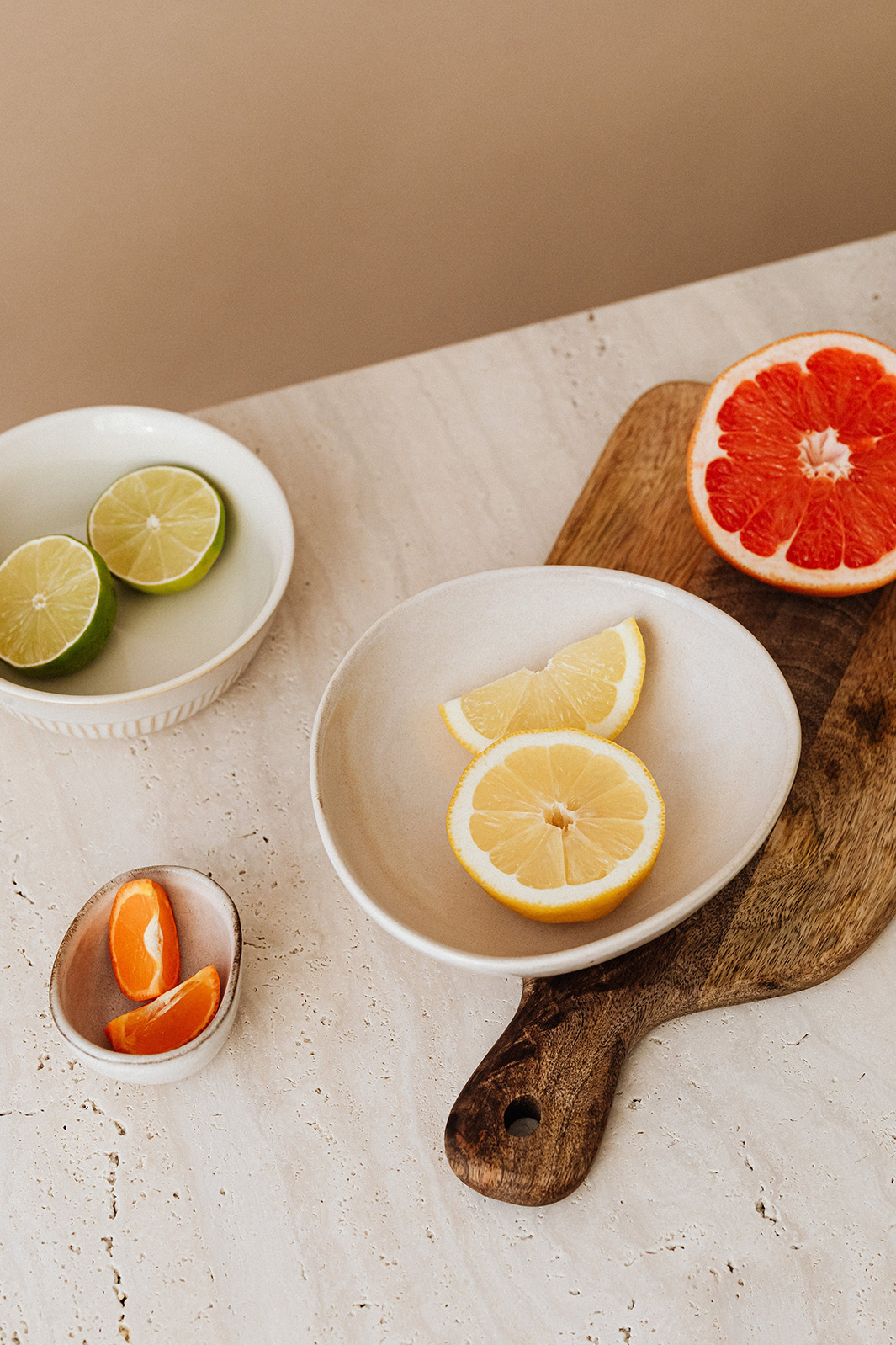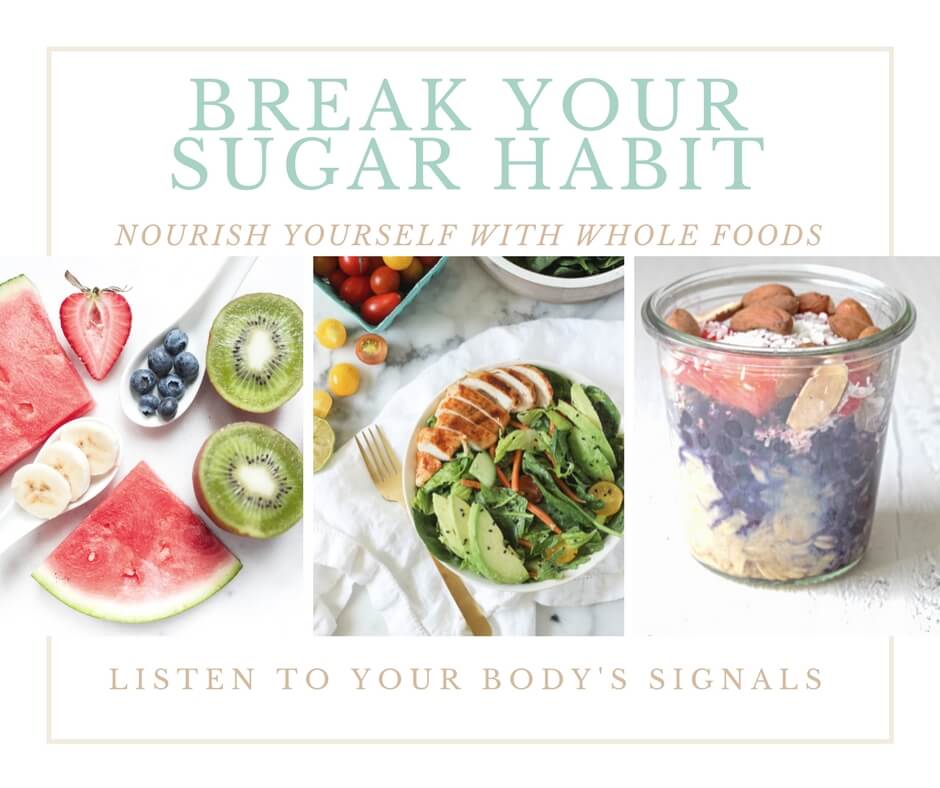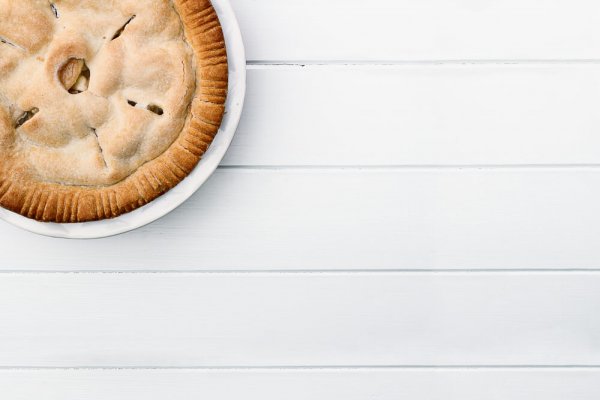Mindfulness
12/5/24
I'm so excited to share my curated holiday list with [...]
05/18/23
For centuries, castor oil packs have been used in Ayurvedic [...]
12/5/19
The holidays, in all their frenzied, festivity-filled glory, can sometimes [...]
11/30/19
Imagine: You’re running around getting teachers’ gifts, you haven’t bought [...]
10/31/19
As the holidays approach, we're bombarded with messages of "artificial [...]
10/3/19
Remember those early days of endless feedings? Our parents were [...]
06/18/19
Summer conjures up images of lazy days by the pool [...]
03/28/18
For years, I battled a relentless enemy – chronic pain [...]
03/1/18
Do you consistently have sugar cravings? Do you dream [...]
12/1/17
Did you overindulge this Thanksgiving? No problem. Let’s work [...]
11/21/17
Heading to a holiday party this season? Before you start [...]


